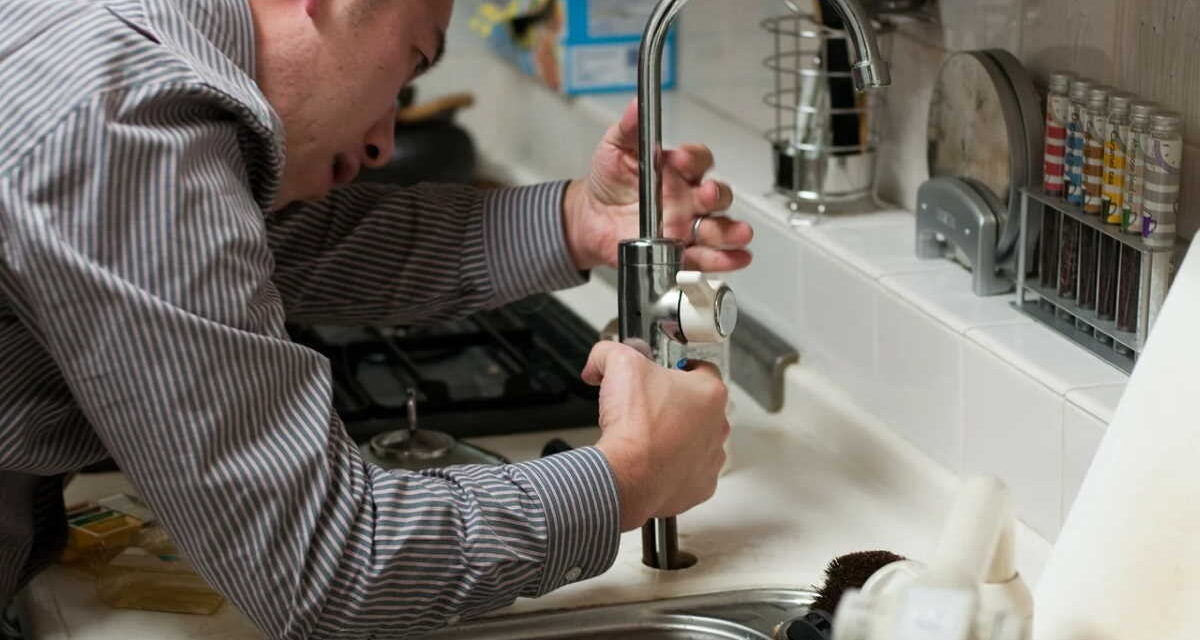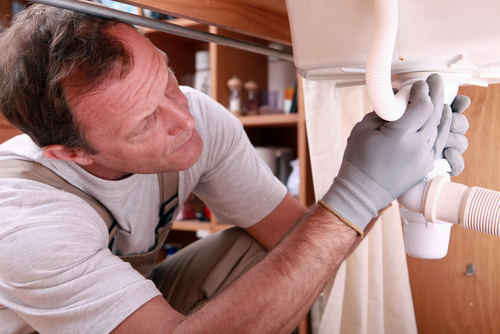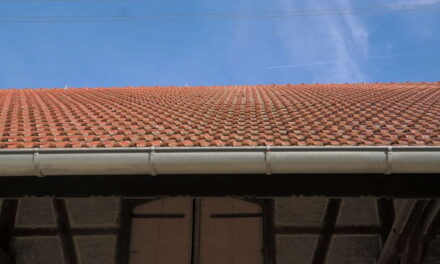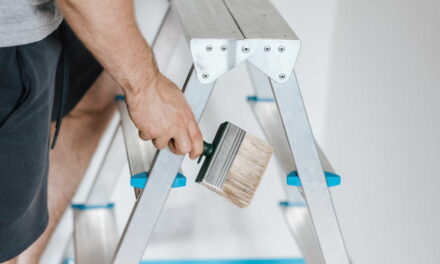“Plumbing problems” are two words that are universally dreaded by every home owner. No one likes dealing with plumbing issues in the bathroom or kitchen, but the good news is that most common plumbing problems are quite easy to fix without the aid of a repairman. Here’s a look at a few of the problems that come up most frequently and what you can do to resolve them.
Slow-draining sink driving you mad?
There are several approaches you can try with a sink that’s clogged and draining too slowly:
- If there’s water in the sink, use a bucket to bail it out, then pour about ¼ cup of baking soda into the drain, followed by ¼ cup of vinegar. The foaming action should help dissolve the clog. Run hot water through to rinse.
- If there’s standing water in the sink, get a plunger (you can purchase smaller kitchen plungers if you don’t want to use the toilet plunger) and form a seal over the drain. Pull the plunger up and down rapidly to remove the clog.
- If the clog persists, you may need to remove the sink trap. Put a bucket under your sink’s trap (located where the sink pipe curves) and then proceed to remove the trap (you may need to use a wrench). Clean out the trap using a narrow bristle brush, then rinse it out and reattach it.
What to do when you have a clogged toilet
As with a clogged sink, there are several effective methods to deal with a clogged toilet:
- Insert a plunger into the toilet bowl and press down firmly over the drain. Pull up and push down until the clog is removed. If you run out of water in the bowl, fill it up with more—the rubber part of the plunger should be underwater.
- If you know there’s a clog in the first few inches of the drain, you can pull apart a wire coat hanger and wiggle it around inside the drain to remove the clog. Be sure to wrap the end that’s going in the toilet in a rag so that the wire does not scrape the porcelain.
- For very persistent clogs, you may need to use a plumbing snake. This is basically just a flexible coil that can extend far into a toilet’s drain, reaching a clog that is too far back for a plunger or wire coat hanger to handle.
You can have better water pressure in the shower by doing these:
If there’s low water pressure in your shower, it’s likely a sign that the shower head needs to be cleared of mineral deposit buildup. To do this:
- Start by rubbing the nozzles of the shower head to remove mineral build-up.
- Remove the showerhead and submerge it in white vinegar, leaving it to soak for a few hours.
- If you don’t want to remove the showerhead, you can also fill a plastic bag with vinegar and secure it to the showerhead with a rubber band.
Jammed Garbage Disposal
If you flip the switch for your garbage disposal and only hear a humming sound, that means you have a stuck flywheel. This is how you fix it:
- First, make sure the power is turned off (and never stick your hand into the grinding chamber, even when the power’s off).
- Insert the offset wrench that came with the disposal into the flywheel turning hole on the very bottom of the unit. If you no longer have the wrench, an Allen wrench will often do as well.
- Turn the wrench clockwise to dislodge the jam (you should feel the flywheel easily turning if you’re successful).
- You can also try using an object like a broom handle or sturdy meter stick to try to reach the jam through the sink drain. Use the broom or other object to push against the flywheel to try to dislodge whatever’s jamming it.
Is your toilet still running long after the flush?
If your toilet continues running long after you’ve flushed it, check the tank and take the following actions:
- If the flapper (the flat curved piece on a hinge) is open, reach in and close it.
- Make sure the water in the tank is at the waterline, as not having enough water is another thing that will cause the toilet to continue running. If the water is low, make sure the water valve is on all the way.
- Pull up on the float (the part of the tank that moves up and down on a chain). If this works, adjust the level of the float so that the tank stops filling when the water is about 2.5 centimetres below the top of the overflow tube.
Plumbing problems can be frustrating, but don’t let them discourage you. When the problem is more serious, call in a local professional, but if it’s one of the minor problems described above, get out your tool kit and fix it yourself to save money!
Juliana Weiss-Roessler enjoys writing about home improvement projects with her husband Josh. Her writing has been featured on high-traffic websites, such as Yahoo.com, and in major publications, such as PARADE and People. Connect with her on Twitter, Google+, and Facebook.
Please share ‘How Safe is Your Home From Plumbing Problems’ on your favourite social networking sites. Thank you. Also, visit our DIY tutorials page for more articles like this one.







Sadly Anne, but I don’t think any house can remain resistant to plumbing problems. No matter how smartly we design it, or maintain it; plumbing problems are bound to happen. Though they are not something to be scared of, you can handle them yourself.
Exactly! It happens to all of us so we should (no matter how old or young or how new to house ownership we are) be able to deal with some minor problems until we can call in the professionals. Thanks for stopping by, Paul.
Hi Anne, plumbing problems are truly a headache. I got rid of one yesterday itself. My problem was with the taps of my kitchen sink and my bathroom. They were leaking and I was really worried. Finally I had to replace them as the plumber said there is no other way out.
I know, James. We had some last Christmas while we had family staying over. We couldn’t get anything sorted until after the holidays and it wasn’t nice at all. Plumbing problems can be a nightmare, but if you know a little about how to fix them, this can make your life so much easier.